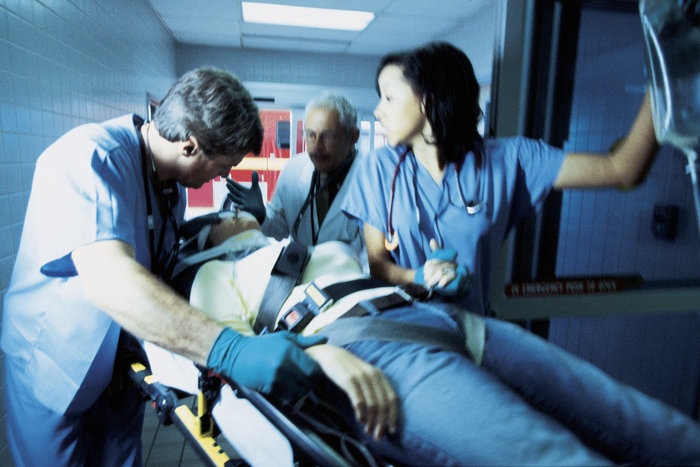 As a front-line paramedic, you know how important oral and nasal suctioning can be in patient outcome. How else are you going to clear that airway, if not through an effective and efficient portable suction unit? From respiratory emergencies, such as pulmonary edema, to traumatic injuries, there is no better way to clear an airway than through prompt suctioning.
As a front-line paramedic, you know how important oral and nasal suctioning can be in patient outcome. How else are you going to clear that airway, if not through an effective and efficient portable suction unit? From respiratory emergencies, such as pulmonary edema, to traumatic injuries, there is no better way to clear an airway than through prompt suctioning.
Which is why administrators should always remember to include portable suction units in their guidelines and policies. And not simply for day-to-day use in emergency calls; having reliable suction on hand should be the goal of any administrator, and it can start with basic training.
Teaching Good Habits
If you are a training administrator, it is your responsibility to ensure your personnel develop and maintain good habits. Personal protection, scene safety, and a thorough working knowledge of protocols are some of the primary behaviors instilled in new paramedics. But equipment needs are just as important, and the portable suction unit should be part of the regular ALS assemblage.
When running practice scenarios with your personnel, be sure to include suction as part of the treatment lineup. Typically, mannequins do not simulate heavy secretions or blood in the oral cavity, so it is up to you as a trainer to include such conditions in your mock code/emergency. By forcing your personnel to include suction as part of their standard treatment, it will become habit, just like starting CPR or maintaining cervical alignment.
Providing Good Equipment
As an administrator, it is also your responsibility to ensure your paramedics have the tools they need to get the job done. And one of their most fundamental tools is a working portable suction unit. If the responsibility falls to you, here are a few reminders:
- Have plenty of portable suction units available, including an adequate number of backup units.
- Provide plenty of replacement batteries.
- Include portable suction units in your disaster plan, to ensure there are enough units to meet patient demand in the event of a major incident.
- Replace older, inefficient suction units so that your personnel can provide the best treatment for their patients.
- Make sure your personnel are maintaining their portable suction units, by
- Checking the unit every shift
- Cleaning the unit after each use
- Replacing old batteries
- Most important: bringing the unit with them on scene!
As an administrator, you have a lot on your plate. But your primary responsibility is to ensure the best patient care that your agency can provide, and the only way to achieve this is through proper training, good oversight, and the best equipment for those on the front lines.














